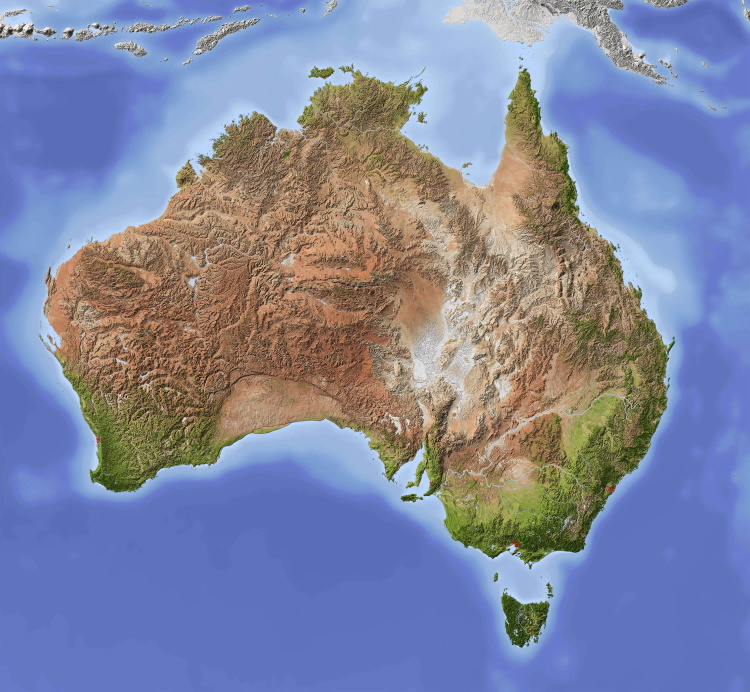"Peter Dutton has called a press conference for 10am, so it is all official – nuclear is go.
The Coalition teleconference meeting has wrapped up, and the seven sites have been named and it is as we thought: Collie in Western Australia, Mt Piper and Liddell in New South Wales, Callide and Tarong in Queensland, Northern Energy in South Australia and Loy Yang in Victoria."
"There are already issues being identified with the sites – first, the sites would need to be purchased from private operators. There will need to be some pretty major changes to legislation, both state and federally. The Queensland LNP, as recently as yesterday, said it would not lift the nuclear ban for the state, which is a problem given two Queensland reactor sites have been identified by Dutton’s team.
Tarong in Queensland is a particular issue as it doesn’t have a secure water source. In 2006, then-premier Peter Beattie had to propose a waste water pipeline as a last ditch measure to save the plant during a drought."



That’s an incredibly expensive emergency power supply. If you can’t operate a nuclear plant 24/7 it’s going to take a veeeeerry long time to pay off the massive capital investment.
And that’s the crux of the issue. These plants won’t be supplying baseload. By the time they get built we will have twice as much rooftop solar, and lots more utility wind and solar. There will be very little room for them to operate at a spot price that earns them money.
Nuclear plants have really really long spin up/down cycles so when it’s on, it’s on for a while. It’s not like solar, gas, wind where you can just stop it on a whim. So if you go nuclear, it’s already running for a long time, and if they’re running for a really long time they’re also essentially running as baseload production.
As for the cost for emergency power, yeah it’d be great if it’s cheaper. But the worse the emergency becomes, the less the cost matters. If I had to choose between coal or nuclear for emergency power, I’d probably choose both. Coal (which can be started and stopped quickly) just to cover the spin up time for the nuclear power, then nuclear for the rest of the emergency (and during spin down as whatever the emergency was is in the process of being resolved).